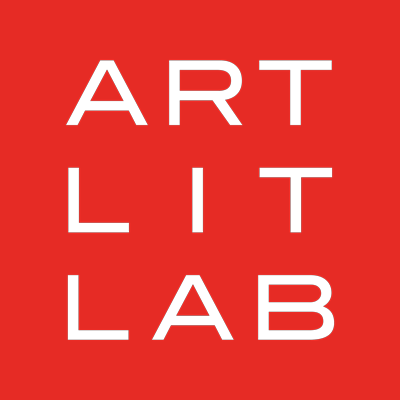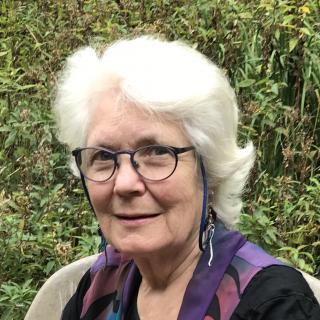Oak Ridge, Tennessee, nicknamed the Atomic City or The Secret City, is located an hour from Knoxville near the Great Smoky Mountains and the energy sources of the TVA dams. It is a scientists’ town, one of the cities of the Manhattan Project, built to separate Uranium-235 from Uranium-238 for making the atomic bomb used during WWII, a history well-told by Richard Rhodes in The Making of the Atomic Bomb (Simon & Schuster, 1987).
Oak Ridge continues to be the home of Oak Ridge National Laboratory and Oak Ridge Associated Universities. The current work of ORNL is described here and at OR Associated Universities. The long shadow of the destructiveness of nuclear weapons, and the need to contain nuclear threats, is one we live with still; the activities of the town’s scientists, so far as I understand them, have turned to contemporary research questions of clean energy, supercomputing, nuclear sciences and materials, and national security, issues relevant to our present and future lives.
The experience of the young women workers who helped win the war in Oak Ridge’s early days has been recently described by Denise Kiernan in The Girls of the Atomic City: the untold story of the women who helped win WWII (2014). One of her interviewees was once my brother’s mother-in-law. The history of the Manhattan Project can also be found here. (The history of Oak Ridge itself can be found here.)
We arrived in Oak Ridge just after WWII for my physicist and operations-researcher father to work on post-war projects, and so missed most of the history belonging to the Manhattan Project. I was a preschooler, eager to find playmates in the circle of houses we were part of and to explore the greenbelt area left as camouflage by the Army Corps of Engineers—woods and creeks and briar patches and hills and gravel evacuation routes. My mother was busy with my younger brother and sister, and I spent much of my time at the neighbors, or out with the kids of the neighborhood.
For me, the relevance of growing up in the city (1946-1964) was not the town’s weapon history but its physical beauty, the wide-ranging neighborhood pack of kids playing through long firefly-lit summer evenings (we once explored the sewers all the way to the swimming pool), the summers spent on the swim team, the adults around who were making all the music, theatre, and art the town featured, and the early exposure to fine education, especially in English, math and computers in high school. Its small-town, say-hello-to-everyone-you-pass-on-the-street ambience stays with me; I still say hello to the people I pass on the Lakeshore running/walking path. And its small town arts scene provided me with the chance to be in plays at an early age, to assist the elementary school art teacher in painting murals, to work in high school summers editing The Women’s Page for The Oak Ridger, the town’s local paper; and in college summers, to write a Fortran program for a CDC-1604 to scale and plot data at the Labs (both involved considerable on-the-job learning!)
Working on the poems made me not only go back to the freedom and safety of my early childhood experiences, but to wonder about my mother’s and father’s lives (they divorced when I was 8), how each had managed, how my mother’s friends had lived their lives, and how the changes in social attitudes—the role of women in the home and the world, integration of schools and lives, accommodation of disabilities, access to education—played out for them, and the town, and my friends: the small scope of the child’s world, the costs of secrets and family worries. And it made me concerned to think, again, over the human cost of devoting our collective resources to weaponry, rather than peacemaking, in those war years that have played out across the planet ever since.
As to poetry, which I came to as a young reader of AA Milne and RL Stevenson and Lewis Carroll and Longfellow, I have written and read poetry ever since I was eight, and I’m happy that a substantial portion of the books I’ve read and loved are now in your smALL Press Library for all to share! I read poetry books in great gulps, a way of exploring other poets’ worlds, learning the sounds of their voices, their pre-occupations and turns of mind; to learn from them about life and love and loss and sorrow and regret and death and birth, hope and humor, and I’ve often remembered the melody of what I read. I have been drawn more to the poets of clarity, of nature, often of the Midwest, than to those of language experiments, but I can imagine if I spoke more languages and could hear more echoes I would find the latter exciting too. And I have tried, in my own work, to put in not only the great topics of poetry, but the questions of science and the experience of making visual art that I’m also drawn to. As to advice: read; read aloud; read your own poems out loud!! write, and share your writing!

